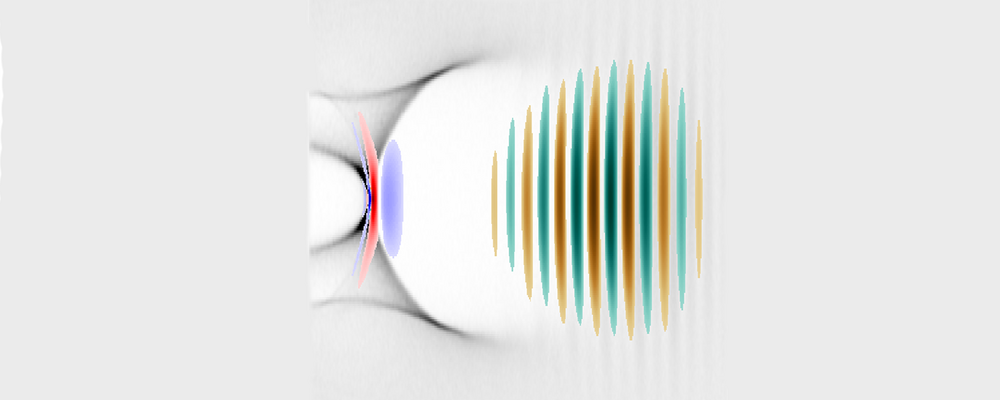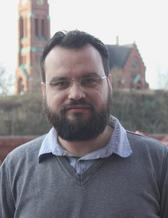Proposing to use plasma waves to produce shorter laser pulses
Creating laser pulses short enough to achieve the ultimate resolution in light-matter interaction has proven very challenging. Physical Review Letters has published an article by Evangelos Siminos proposing the use of plasmas to create intense sub-cycle pulses that won't destroy the amplifying medium.

